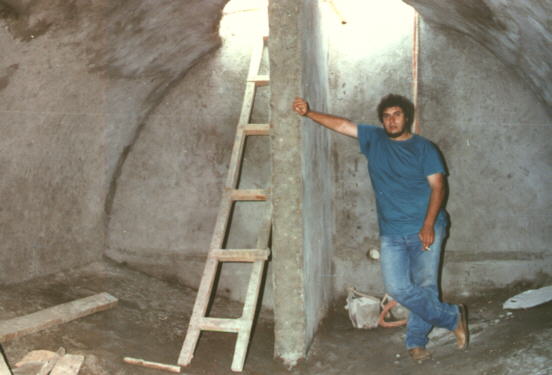Knowledge fuels change
For over a decade, Energypedia has shared free, reliable energy expertise with the world.
We’re now facing a serious funding gap.
Help keep this platform alive — your donation, big or small, truly matters!
Thank you for your support
Biogas Technology in Burundi
Biogas Dissemination Programme
The Projet Biogas is under the control of theMinistry for Energy and Mining. The project was initiated as a Biogas Dissemination Programme of theGTZ in 1984 in the region Cankuzo, it has been part of the Special Energy Programme since 1988.
History
The first agricultural family plants were constructed on livestock farms in the region of Cankuzo in 1985. In 1987 the project was extended to include the Ruyigi region. At the same time the building of biogas plants started for the toilets of schools and other institutions. Private contractors were commissioned for larger plants. The training of craftsmen, the establishment of a service system and the opening of material credit funds were to provide the basis for a self-reliant dissemination concept. By 1992, 206 small-scale plants, and 84 institute plants with digester volumes of over 100 m3 had been constructed.
 View in a canal digester, Burundi View in a canal digester, BurundiPhoto: Mang |
Plant type
Technically, the basis was on the masoned fixed-dome plant modelled on the Chinese design from the outset. Large digesters were chosen on account of the relatively low temperatures in the digester of just over 20°C so that longer fermenting times could be achieved. Gas production was an average of about 0.1 m3/m3 per day.
Experiments with slurry as fertilizer were carried out from the outset on land belonging to the project and to communes. Permanent stabling with grass production as fodder was propagated in cooperation with other institutes.
The directorate general for energy in the Ministry set up a committee to coordinate all biogas activities in the country. The focal area of work in the project is today centred on the construction of plants for institutes, particularly for schools during which the major aspect considered is the environment. There is close contact with the Ministry of Education.



















